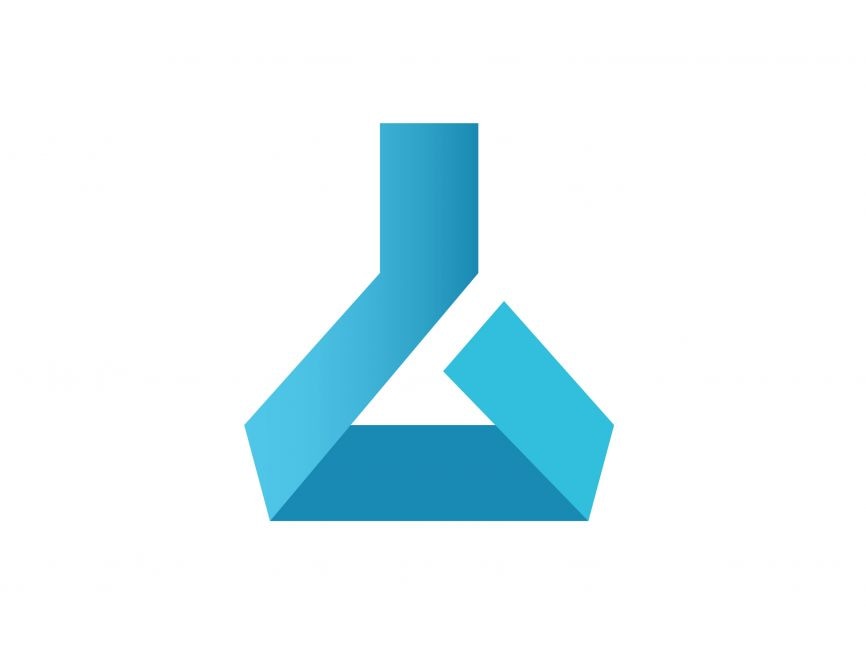Microsoft Azure ML is a cloud-based platform-as-a-service. Microsoft technology in the cloud provides end-to-end machine learning features, from model construction to experimentation to model implementation as a RESTful API endpoint. To accommodate a wide range of user preferences, the system also supports Python and R coding via Jupyter notebooks, Jupyter Lab, and R Studio.
Azure Machine Learning provides a simple point-and-click interface for creating machine learning models without writing any code. It also provides the ideal environment for data scientists to collaborate seamlessly across multiple technologies within a single ecosystem.
Azure Machine Learning Highlights
- Compute
Azure ML supports a variety of compute options for various machine learning workloads. Users value the ability to launch a compute instance whenever they require one to run Jupyter notebooks, R Studio, or Jupyter Labs. Users benefit from a smooth coding experience for exploratory investigation when compute instances are combined with notebooks.
Users can launch a compute cluster for workloads that require a lot of processing power. Many cluster alternatives are supported, including HDInsight, Databricks, and Azure ML clusters. The compute clusters provide GPU-enabled computing alternatives for demanding machine learning workloads such as Natural Language Processing (NLP).
Customers can also use Azure Container Instances or Azure Kubernetes Service (AKS) to launch an inference cluster for model deployments.
- Datastores
Azure ML provides datastores for installing data from Azure Storage services, such as data lake storage. Users can access datastores in Python programs by using the workspace and filesystem classes. After mounting the datastore, users can choose to read data from data lake storage into Azure ML notebooks.
- Notebooks
Jupyter Labs, R Studio, and Jupyter notebooks are all supported by the notebooks feature. Customers can open an existing Jupyter notebook kernel or develop a custom kernel based on the ML use case. Using conda virtual environments, the notebooks enable the creation of team-specific programming environments.
Both GitHub and notebooks are integrated. Any user with access to an Azure ML instance can collaborate inside a notebook to create, train, test, and deploy models.
- Designer GUI
Users of the Azure ML Designer capability can specify and develop machine learning models using an active GUI. While developing a model, users can select from a number of prebuilt modules in Designer.
The customer can then deploy the components as a pipeline using a compute cluster. When the flow module “evaluate model” is launched, a dashboard is created that allows users to view the model results.
- Automated ML
Users can use the Automated ML functionality, which enables automated model experiments, to train and fine-tune an existing model to achieve the desired target metric. For instance, a user can instruct a classification algorithm to run numerous automated experiments in order to improve the model’s “accuracy” measure.
Each experiment will build on the one before it in order to provide the model with the highest level of accuracy. Users will be able to evaluate all experiment findings once they have been recorded.
- Pricing
Azure ML costs vary depending on the ML workload computational resources. In comparison to compute clusters, compute instances, for example, are typically less expensive. The cost also considers the size of the computation. More computing nodes with more RAM cost more on average.
Conclusion
The cost of Azure ML varies depending on the computational resources of the ML workload. Compute instances, for example, are usually less expensive than compute clusters. The cost also takes the size of the computation into account. On average, more computing nodes with more RAM are more expensive.













